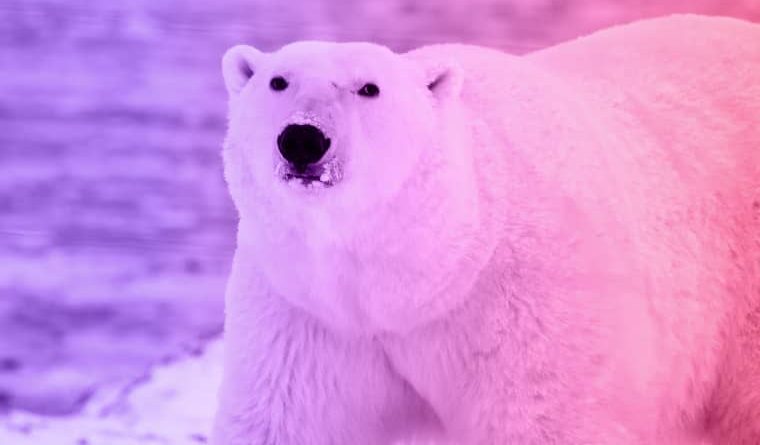The Survival of White Polar Bears: A Precarious Future
Polar bears (Ursus maritimus) remain classified as “Vulnerable” under the IUCN Red List, with an estimated global population of around 26,000 individuals. The major and accelerating threat they face is the loss and degradation of sea ice habitat due to climate change, which undermines their ability to hunt seals—their primary prey.
In regions like Western Hudson Bay, scientists report dramatic declines over recent decades, tied to shorter hunting seasons and decreasing body condition among bears.
In Alaska’s Southern Beaufort Sea, new draft estimates suggest some subpopulations may have shrunk to fewer than 900 bears, possibly as low as 819 individuals.
To survive, polar bears must build fat reserves during the ice-abundant months to sustain themselves through long ice-free periods. But earlier melt and later freeze mean they often run out of time.
Denning habitat, pollution, human-bear conflicts, and declining cub survival add further pressure.
Conservation efforts hinge on global climate action, protecting critical habitats, and international cooperation. In November 2025, the Polar Bear Range States will convene virtually to review the next phase of the Circumpolar Action Plan.
If greenhouse gas emissions continue unchecked, many polar bear populations could collapse before the end of this century. Their fate is tightly bound to the future of Arctic ice.

